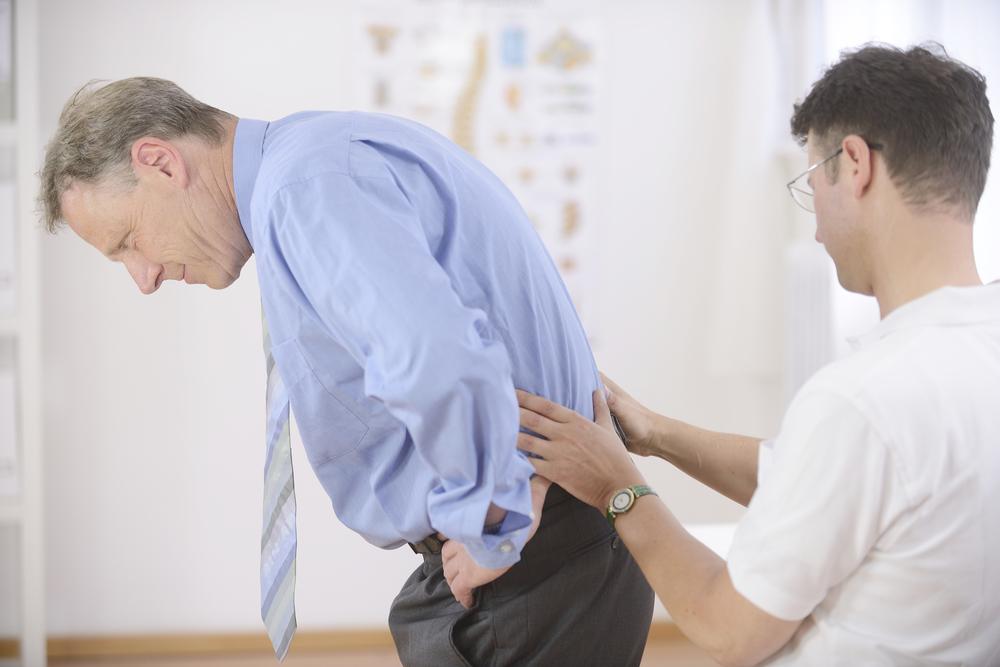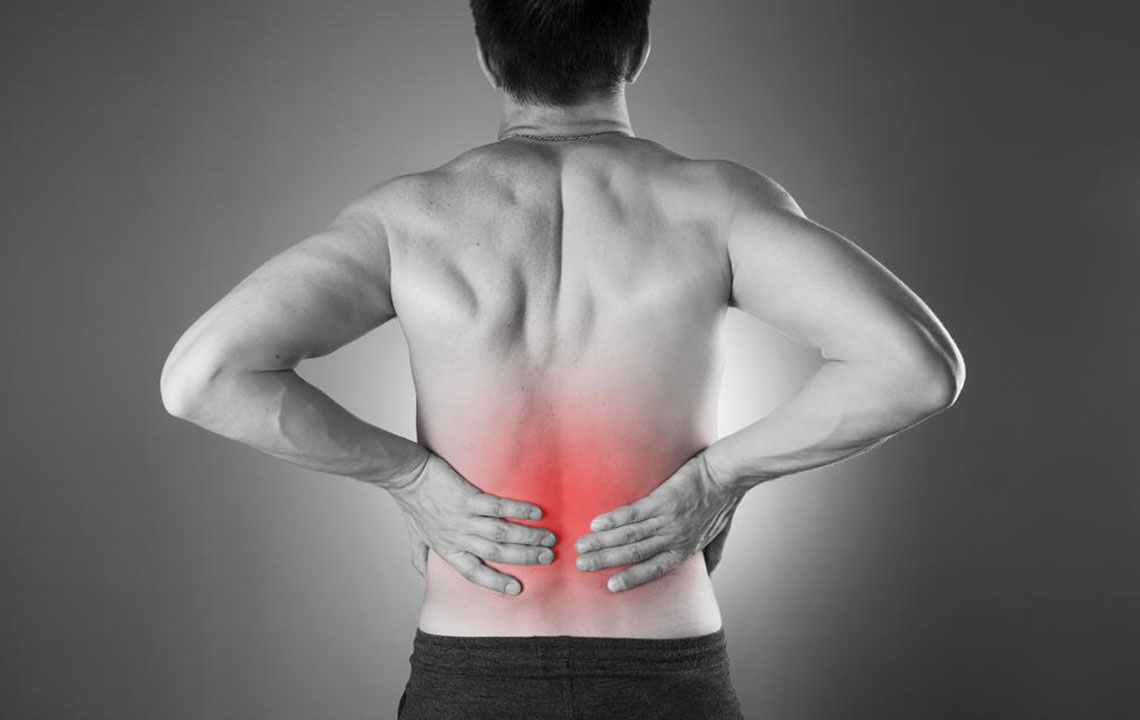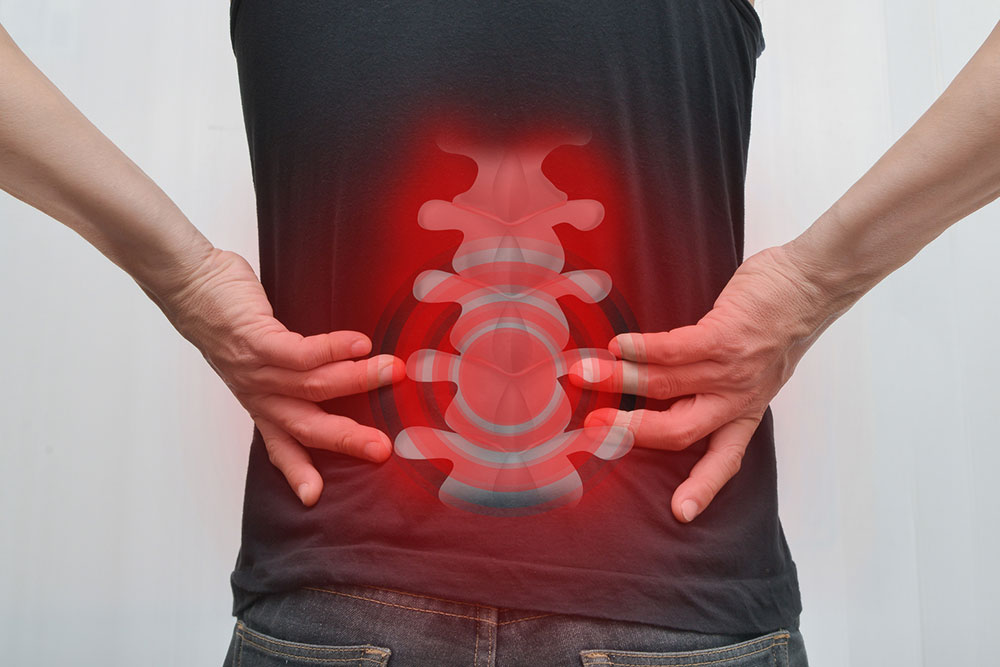Recognize These Signs of Osteoporosis Early
Osteoporosis often develops silently without symptoms but can lead to fractures, pain, and height loss in advanced stages. Recognizing early signs like postural changes and fractures allows timely treatment. Lifestyle modifications and medical care play vital roles in prevention and management, helping to maintain bone strength and reduce fracture risk.

Recognize These Signs of Osteoporosis Early
Osteoporosis weakens bones, making them porous and prone to fractures. This condition often progresses silently without obvious symptoms, but as it advances, certain warning signs become visible. Fractures commonly occur in the hip, wrist, and spine, even with minor trauma or daily activities. Globally, around 200 million women are affected by this silent yet debilitating disease. Understanding the underlying causes and early symptoms can help in timely diagnosis and management.
Bone remodeling is a natural process where old bone tissue is replaced by new tissue. When this balance tips and bone breakdown exceeds formation, bones weaken over time, leading to osteoporosis. Factors such as age, genetics, lifestyle, and dietary habits influence this process.
While osteoporosis develops gradually, some risk factors increase susceptibility, including race, age, body type, family history, gender, inactivity, smoking, and poor nutrition. Diagnosis typically involves a bone density scan using X-rays. Treatment options depend on fracture risk, focusing on lifestyle changes or medical interventions when necessary.
Early osteoporosis is usually symptomless, but as the disease advances, certain signs become evident, such as posture changes, fractures, pain, and height loss. Recognizing these symptoms promptly allows for effective treatment and management.
Postural Changes
Kyphosis, or a hunched-back appearance, results from vertebral fractures causing spinal curvature. This condition can lead to back and neck pain and may hamper breathing if severe.
Fractures
Fragile bones increase fracture risk in areas like the hips, wrists, and spine. Even mild activities, such as coughing or sneezing, can cause fractures in advanced cases.
Persistent Back or Neck Pain
Spinal fractures can cause intense pain, often resulting from vertebral collapse. Pain levels vary from mild discomfort to severe agony, needing medical attention.
Height Reduction
Gradual height loss is common as spinal vertebrae weaken and compress. Monitoring height can be a helpful indicator of disease progression.
If you notice these signs, consult a healthcare professional. Early detection and intervention can prevent fractures and improve quality of life. Maintaining strong bones through diet, exercise, and healthy habits is essential to avoid osteoporosis's debilitating effects. Prevention is always better than cure.










